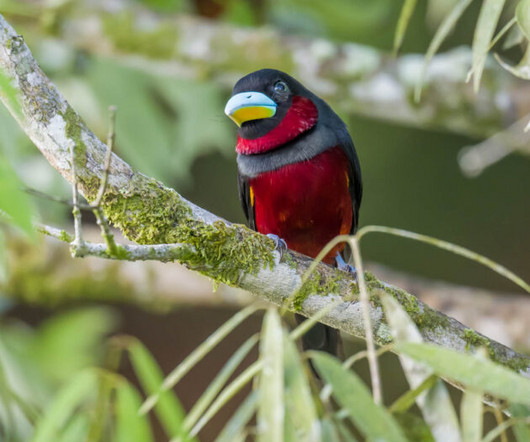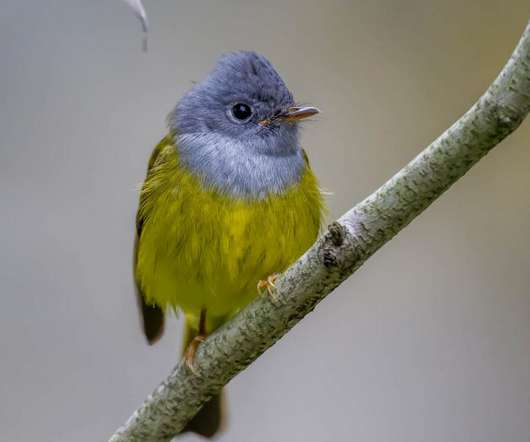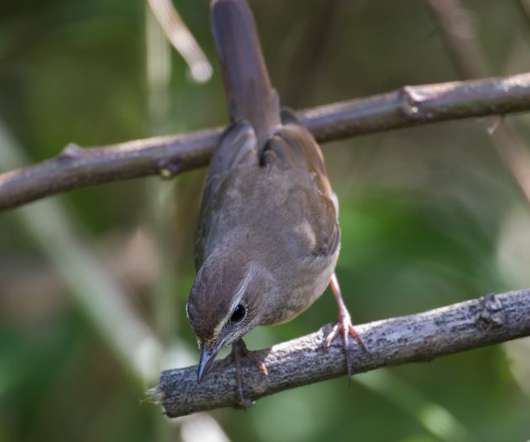Tropical Cyclone Iggy
10,000 Birds
JANUARY 29, 2012
There are very few areas in Roebuck Bay that shorebirds can roost on very high tides due to the cliffs and many of the larger species will go out onto the land behind the mangroves. The rest of the birds had been marked locally, but we still took down the details as the next time they are observed may well be in Taiwan, China or Korea.











Let's personalize your content